eSignature
Legal Basis of eSignature
In the European Union, electronic signatures are regulated by the eIDAS Regulation, which provides uniform standards for electronic transactions across the Union. This regulation defines three types of electronic signatures: simple electronic signature, advanced electronic signature, and qualified electronic signature, each offering different levels of security and being useful in various business scenarios.
Technology and Security
eSignatures use advanced cryptographic algorithms such as RSA or ECDSA, which create a unique digital record closely linked to the document. The use of such cryptographic methods ensures that any attempt to modify the document after signing will be detected as a breach of the document’s integrity.
Benefits of eSignature
Security: eSignatures increase document security by protecting against unauthorized access and modification. Efficiency: They enable quick and convenient transactions without the need for physical meetings. Cost Reduction: They significantly reduce costs associated with printing, sending, and storing paper documents. Wide Acceptance: They are accepted and recognized as legally binding in most jurisdictions worldwide.
How to Use eSignature?
An eSignature is an electronic form of a signature that allows identity verification and document authenticity in the digital world. There are three main types of eSignatures:
Qualified Signature: The highest level of security, legally equivalent to a handwritten signature, requires a qualified certificate from a trusted provider, used in processes requiring a high level of security. Advanced Signature: Requires an appropriate certificate and a device to generate the signature, used in internal company processes and less formal situations. Simple Signature: Used for less important documents, does not require specialized equipment or certificates, offers a lower level of security compared to advanced and qualified signatures.
The Future of eSignature
With the growing demand for digital transformation, eSignatures will play an increasingly important role in enabling secure and efficient electronic transactions. The development of blockchain technology may further enhance the security and reliability of electronic signatures, contributing to their wider adoption.
Summary
eSignature is a modern tool that significantly facilitates the process of signing documents. Depending on our needs, we can choose a qualified, advanced, or simple signature to ensure the appropriate level of security and authenticity of our documents.
